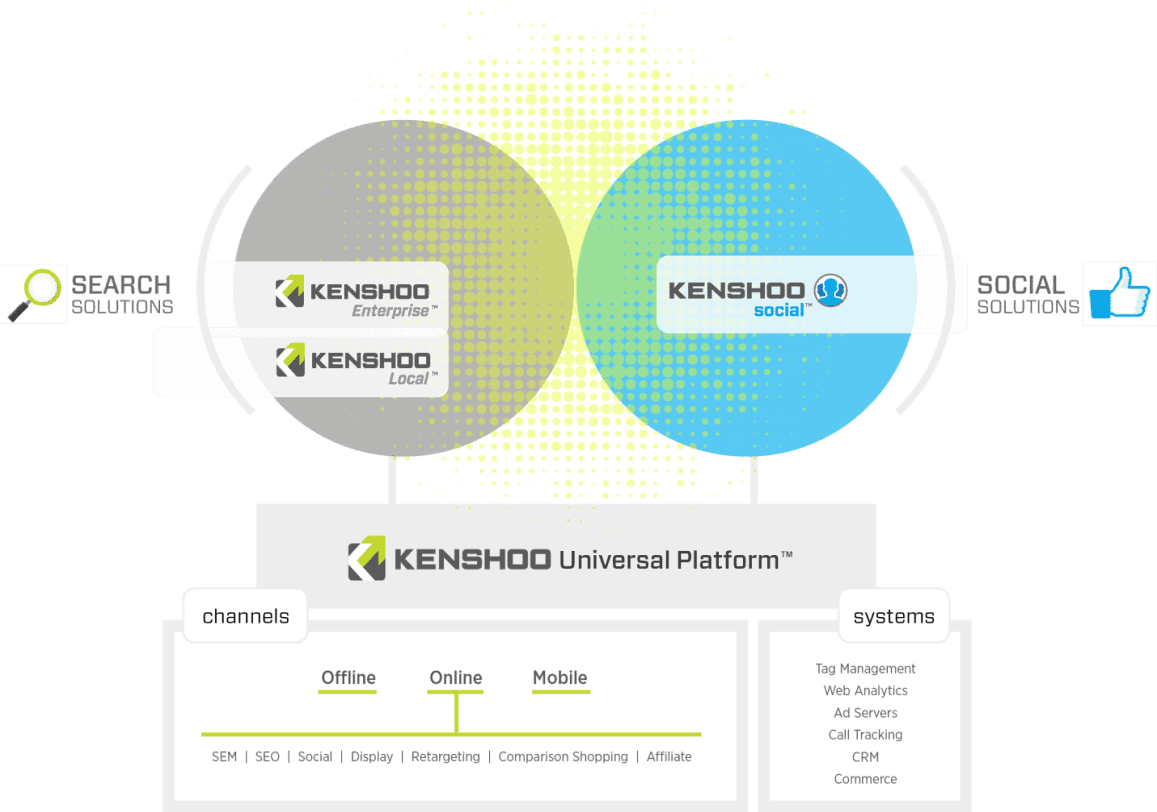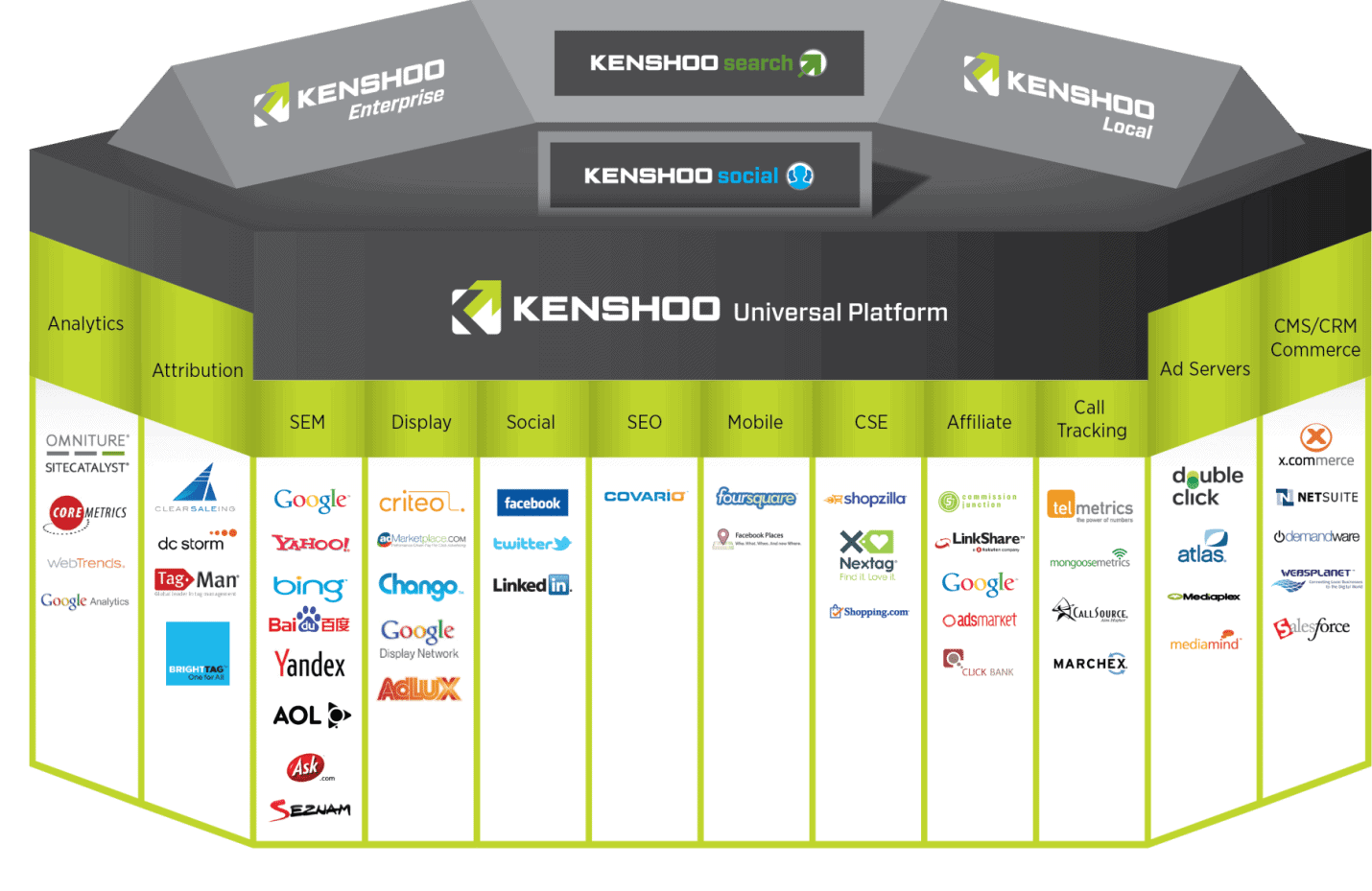Note: This post is part of a 3-week blog series exploring the roots of Infinite OptimizationTM. To stay in the loop as each new post is published, please subscribe via email using the box on your right.
Hello again and welcome to a new week and a new part in this blog series.
In case you haven’t been fully “in the loop”, here’s a quick recap of what’s cooking here:
In part 1, I shared the vision behind Infinite Optimization and why the concept works well to describe the needs of today’s marketer.
In part 2 (a, b, c, and d), I put the construct in the context of Skai’s solution set and the specific problems it addresses for our clients.
In part 3, I’ll share our exploration of the creative design for Infinite Optimization and how we landed on the infinity loop we’ve all come to know and love. (You do know it and love it, right?!?)
As a starting point, we blew up the old marketecture graphic we used to describe the Skai solution, which had affectionately become known internally as the nuclear shelter.
As you can tell, this graphic did not do our product suite justice in terms of displaying our offering or portraying the value to our clients.
Then we tasked Margo Kahnrose, our infinitely talented director of brand management, with creating a new visual that would better tell the Skai story.
For a while, we had been toying with a planetary theme that played nicely into our Universal Platform positioning. So our first stab at reimagining our layout centered around orbs and rings.
Below you can see the full slideshow buildup:
You are currently viewing a placeholder content from Default. To access the actual content, click the button below. Please note that doing so will share data with third-party providers.
And here’s where the marketecture resolved. This version listed out each of the search and social channels we address:

And this version displayed the channels and systems integrated through the Universal Platform:

While we felt this rendering was a big step forward from the nuclear shelter, we got important feedback from the field that sent this graphic to the cutting room floor. I’ll share what that input was and how we adapted our design in tomorrow’s post so be sure to check back in.

